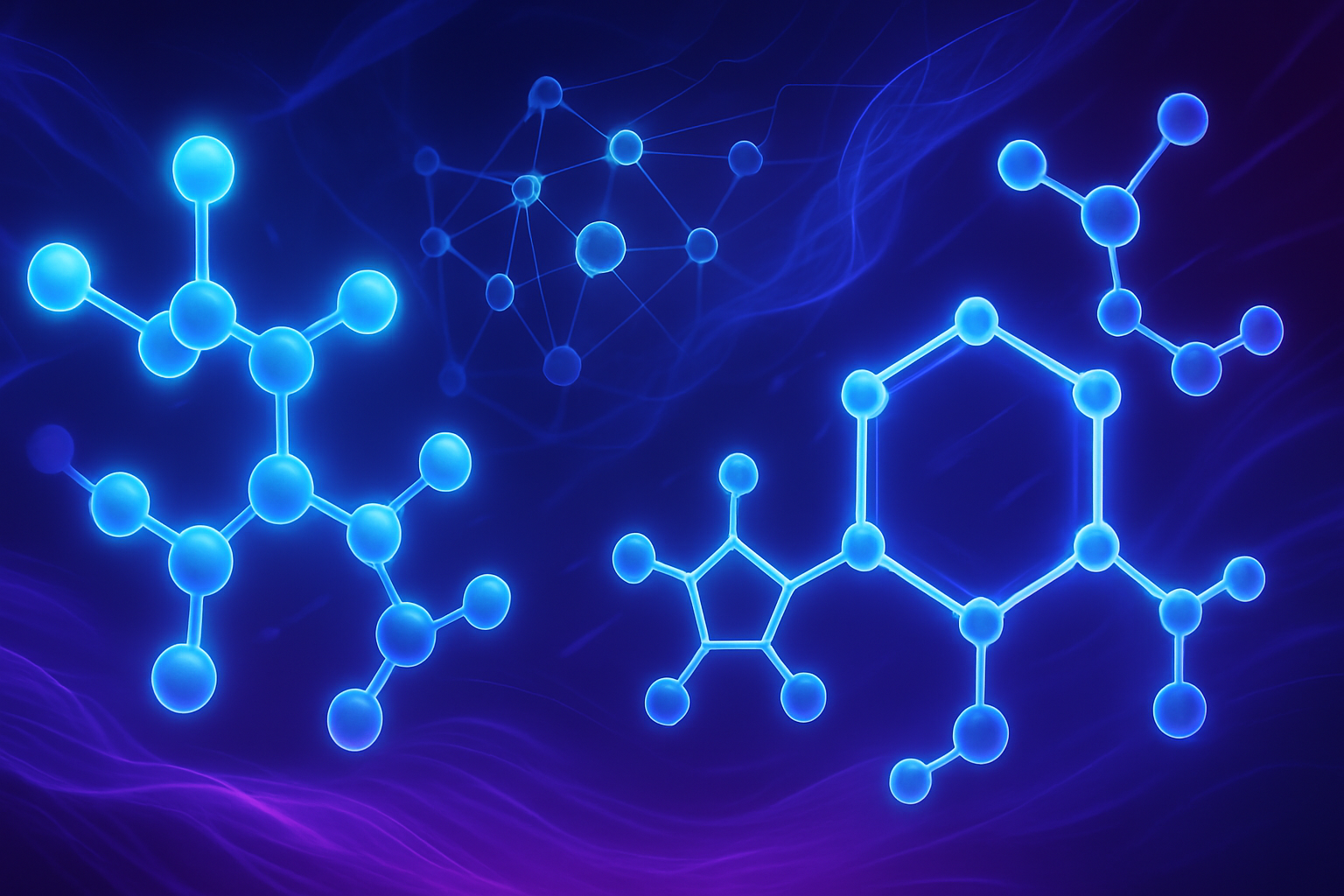The lightning rise of artificial intelligence is shaping the future of businesses, redefining technological strategies. Snowflake, known for its revolutionary data platform technology, is striving to *close the gap* separating it from Databricks, the undisputed leader in machine learning. The challenge goes beyond mere technological catch-up; it involves the *perfect integration* of innovative solutions to meet the needs of a rapidly changing clientele. Offering tailored environments and effective tools becomes an unquestionable priority for this ambitious player. A thorough analysis of Snowflake’s recent developments reveals a bold strategy that blends tradition and innovation, aimed at conquering the field of AI.
AI Strategies: An Ambitious Catch-Up
The publisher Snowflake, although initially lagging behind, is intensifying its efforts to catch up with its competitor Databricks in the field of artificial intelligence. The latter positioned itself in machine learning long before the emergence of generative AI, presenting Snowflake with a significant challenge to overcome.
Snowflake did not engage in AI from the outset, thus losing a strategic advantage. Databricks, with its tools dedicated to generative AI, offers various solutions. In response, Snowflake has introduced a comprehensive data engineering environment to manage data. This framework enables users to handle complex pipelines for transforming and refining data.
Machine Learning Environment and Tools
Snowflake has established an integrated machine learning workshop, including a model store and a feature store. These tools facilitate the management of models and associated features. The publisher also provides monitoring tools to control the hallucinations of AIs, ensuring proper use of the developed models.
This system allows Snowflake to catch up on various fronts. However, the ascent towards generative AI poses a distinct challenge. Benoit Dageville, co-founder of Snowflake, emphasizes that generative AI requires less complex skills than traditional machine learning.
Cortex AI: An Innovative and Serverless Suite
Snowflake offers Cortex AI, a completely serverless and managed set of AI services. This suite integrates large language models (LLMs) from various providers. The LLMs from Meta and Mistral, for example, are available through strategic agreements.
These services encompass a variety of features, including translation, content synthesis, and SQL language generation. Each feature allows users to select the LLM suited to their use case, optimizing performance and reducing resource-related costs.
Snowflake’s strategy aims to offer lightweight and specialized LLMs. A choice that allows saving in terms of machine resources. Users can also access third-party LLMs via their APIs, thus expanding the range of available capabilities.
Model Optimization at Reduced Costs
Snowflake has also developed technology for fine-tuning medium-sized models, allowing for cost optimization. Dageville mentions the possibility of creating specific LLMs for cases such as call classification in a call center.
It is possible to train models based on Snow Park Container Services, although these models are not specifically LLMs. The complexity of training classical models persists, with Databricks leading with its Mosaic AI Training solution.
Arctic: The Open Source LLM
Snowflake has launched its own LLM, named Arctic, designed to be powerful while being economical to train. This model is released as open source, allowing the community to adopt and adapt it to different needs.
Arctic comes in two forms: the LLM itself and an embedding model to enhance semantic search. This development is integrated into the Cortex AI suite, positioning Snowflake as a committed player in LLM innovation.
Cortex Search: Hybrid and Precise Search
Cortex Search represents a significant advancement in achieving hybrid searches. This service automates content processing, thus optimizing the effectiveness of semantic searches. Each query generates a vector compared to indexed documents.
Meanwhile, SQL queries allow for precise filtering and parameterization of information access. The features of Cortex Search are further enhanced by technology arising from the acquisition of Neeva, offering rapid performance.
Streamlit: Creating Generative AI Applications
Snowflake has introduced Streamlit as a development environment to design generative AI applications. This technology, acquired in 2022, allows developers to create Python applications on the Snowflake platform.
Streamlit offers ready-to-use components optimized for integration with Cortex Search, thus facilitating the development of advanced applications such as intelligent chatbots. This tool represents a considerable asset for data scientists.
Synergies Across the Platform
Snowflake strives to integrate all its AI components into a coherent ecosystem. The goal is to provide a unified platform that combines traditional machine learning and generative AI. The Horizon foundation manages all processes, from management to the interoperability of IT assets.
This integrated approach, unlike solutions from major cloud providers, aims to simplify the user experience while enhancing cost optimization. Snowflake’s desire to centralize these tools marks a turning point in its competitive strategy against Databricks and its own initiatives.
Frequently Asked Questions
What are the main differences between Snowflake’s and Databricks’ AI offerings?
Snowflake focuses on integrating a complete data engineering environment and generative AI features, while Databricks excels in training machine learning models and offers robust solutions for generative AI, such as Mosaic AI Training.
How has Snowflake bridged its gap in the field of machine learning?
Snowflake has implemented a data engineering environment that includes a machine learning workshop, a model store, and a feature store, as well as monitoring tools for tracking models, thereby enhancing its features in traditional AI.
What are the key features of Snowflake’s Cortex AI?
Cortex AI offers serverless AI services integrating language models (LLMs) such as those from Meta and Mistral, and provides features like content translation, audio-to-text synthesis, and SQL language generation capabilities.
What is model fine-tuning in Snowflake and why is it important?
Fine-tuning allows the training of medium-sized models using large-sized LLMs as references, offering a balance between performance and cost, which is crucial for effective resource usage in machine learning.
What strategy does Snowflake use to approach language models?
Snowflake aims to provide specialized and lightweight LLMs that require fewer resources while allowing the integration of third-party LLMs via APIs, thus enhancing its flexibility and adaptability.
How does Snowflake’s Cortex Search work for semantic search?
Cortex Search uses a hybrid search combining semantic search and SQL queries, allowing for precise interrogations and effective management of documents stored in the index to ensure relevant results.
What tools does Snowflake offer to create generative AI applications?
Snowflake acquired Streamlit, an open-source development environment that allows for creating generative AI applications, such as intelligent assistants, which easily integrate with Snowflake services.
How does Snowflake manage data security in its AI solutions?
Snowflake implements strict access controls and rights management features within its platform, ensuring optimal security during the use of its AI services.






